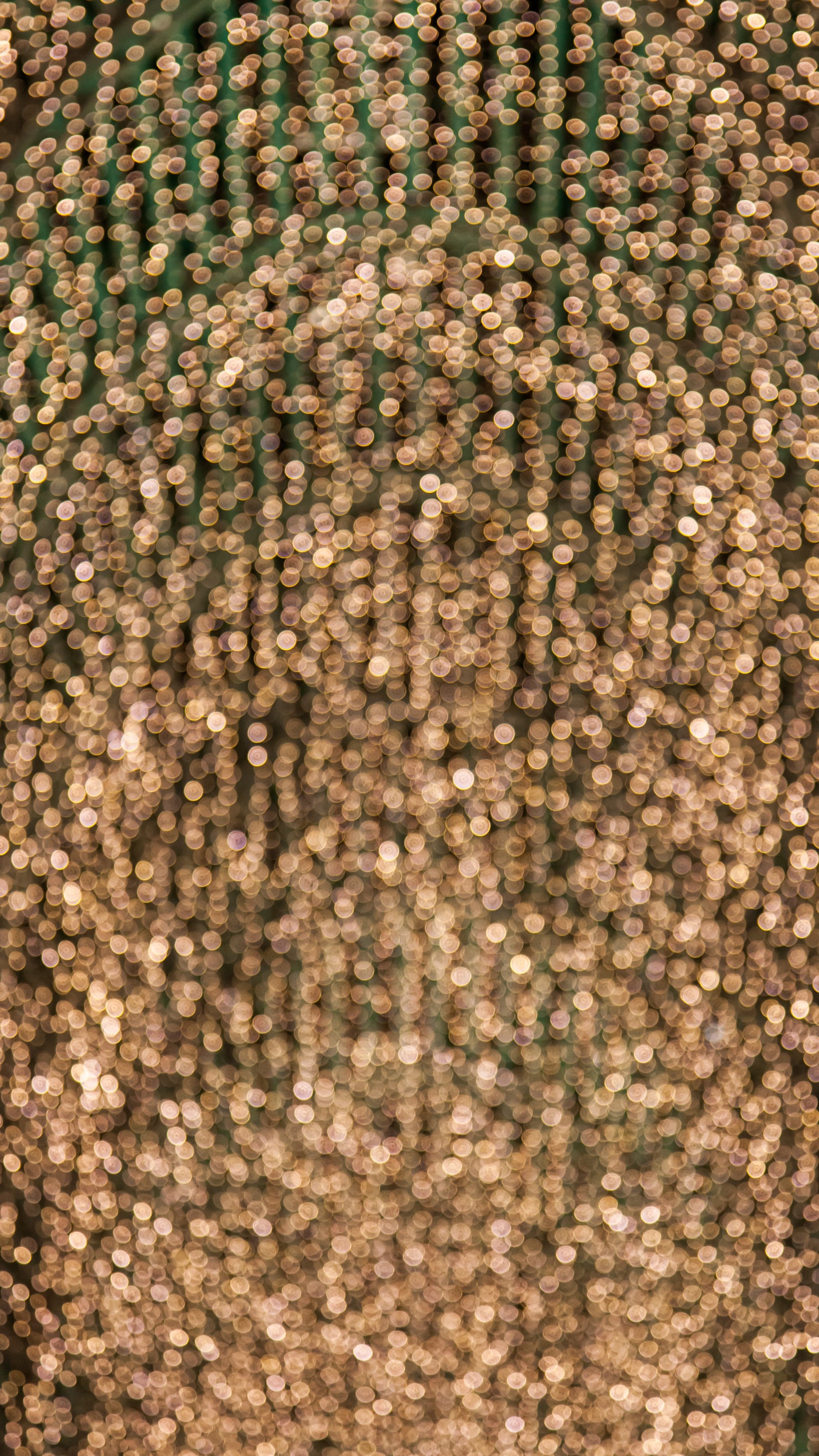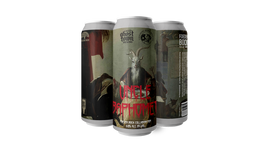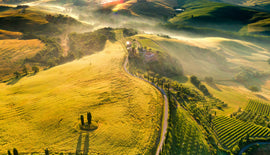We love champagne — why deny it? We love brut, extra-brut, brut nature, and sometimes even demi-sec. We love champagne blends (Pinot Noir-Chardonnay, Pinot Noir-Pinot Meunier-Chardonnay) and Blanc de Noirs (Pinot Noir and/or Pinot Meunier). But if you ask what champagne is drank by farmers and winemakers in Champagne, almost all of them will say: Blanc de Blancs!
Blanc de Blancs are made with 100% chardonnay, usually from the best area in the region, the Côte des Blancs.
The Côte des Blancs is one of the gems of the Champagne region, running from northeast to southwest and lying perpendicular to the Marne Valley. Located a few kilometers from Epernay, its slopes and hills skirt Champagne’s Brie plateau over a distance of 10-15km.
The vineyards are mostly located on the purest form of chalky Belimnite sub-soil, rich in minerals and trace elements, and largely face to the east. More than 95% are planted with Chardonnay. Grapes from the four grand cru villages clustered in the centre of the Côte – Cramant, Avize, Oger and Le Mesnil-sur-Oger – are the most sought after in the appellation, command the highest price per kilo, and help lift any blend they are added to. Pure Côte des Blancs Chardonnay from any of these villages often produce wines of great intensity, minerality and longevity which tend to be somewhat austere in their youth.
As its name suggests, the Côte des Blancs is an exclusively white appellation, with Chardonnay planted as the stand-alone varietal; the exception is Vertus, in the extreme south, where the Pinot Noir challenges Chardonnay’s supremacy. Making good champagne is not easy, and is made even harder by working with a single varietal. In a blend, you can “cover” some imperfections of the other grapes caused by particular vintages or small mistakes in the cellar. With a single varietal, especially Chardonnay, any minimal error will reflect in the final bottling. The particular terroir imparts a crystalline finesse to the grape-growing for a unique drinking experience.
Here for you are two examples of this style. Hope you enjoy them as much as we do.
À vôtre santé!
La famille PlumpJack
|
Champagne De Saint-Gall, Le Blanc de Blancs, Brut 1er Cru, NV |
||
|
From: Avize |
About the Winery: This small winery is located in one of the most beautiful Premier Cru communes in Champagne: Cuis. Benoit Munier has 1.6 hectares of vineyards and its production is limited to seven thousand bottles per year. The winery is based in sustainable viticulture practices and on the white grape variety that best embodies this beautiful land, Chardonnay. The Munier family's plots are divided into four Grand Cru municipalities of the Cote de Blancs: Oger, Cramant, Chouilly and Avize. To be precise, 30 micro plots are available to Benoit Munier’s winery, built after the Second World War by grandfather André. Benoit Munier creates elegant and fragrant products that are well sought after and increasingly appreciated internationally. This oenological gem can be discovered and appreciated through the bubbles produced on these very limited patches of land; the Champagnes of this winery give a true picture of an authentic and fascinating land. Champagne De Saint Gall is the flagship label of Union Champagne, an Avize-Based “new-generation” cooperative on a meteoric rise to stardom. Historically most of the company’s wine has been sold to the region’s iconic houses to be blended into their top luxury brands. As far as cooperatives go, Union Champagne is without question the wealthiest of its kind, with a staggering 615 hectares of Grand Cru vineyard land, 615 hectares of Premier Cru vineyard land, and 135 hectares of “mere mortal” unclassified vineyard land. Most of the firm’s acreage lies in the sought-after Côte des Blancs zone, where they farm more Grand Cru acreage than all other Champagne houses combined. Vinification: Hand picked grapes, fermentation in stainless tank. 36 months on lees, 8g/L dosage from a solera that goes back forty years. Aging: 36 months on lees, from a solera that goes back forty years. Residual sugar: 8 g/l Tasting notes: On sight, it has a straw yellow color, with good brightness. Citrus and floral nose, with a chalky minerality. Delicate and compact, of greater complexity if the glass gains a few degrees centigrade in temperature. Direct and immediate palate, played on freshness and references to citrus scents. Finale of good cleanliness and acidity. |
|
|
Winemaker: Benoit Munier |
||
|
Price per bottle / Price per case: $55/bottle $660/case |
||
|
Suggested Food Pairing: Mushroom bundles and stuffed mushroom appetizers; deep-fried zucchini blossoms; roast beef crostini. |
||
|
Champagne Lancelot-Pienne, Instant Present Brut, Blanc de Blancs, NV |
||
|
From: Cramant |
About the Winery: Gilles Lancelot comes from a long line of growers. His great-grandfather Jean-Baptiste cultivated his own grapes in Cramant in the post-Great War years while working as G.H. Mumm’s vineyard manager, a connection that explains how Gilles was able to buy the old Mumm winery in Cramant early in this century. His grandfather began domain-bottling his Champagne in the post-WWII years. In 1967, his father married Brigitte Pienne from Chouilly and the two domains merged. Gilles himself officially took the reins of Lancelot-Pienne in 2005 following his enology studies and after working at his father’s side since 1995. The vineyards lie in Cramant, in the heart of the Champagne region. The estate covers 8.30 hectares of vines. Their plots are cultivated on the terroirs of both the Côte des Blancs and the Marne Valley. Vinification: Both viticultural and winemaking practices at Lancelot Pienne follow lutte raisonee (sustainable agriculture), an approach that limits the use of chemicals in the vineyards and winery. The grapes are harvested rather late, pressed very slowly at the winery and fermented into wine in stainless steel and enameled concrete tanks. Malolactic fermentation is carried out on all of the estate’s wines, with the aim to keep a certain characteristic freshness locked inside the wines. Ageing: Aged on its lees for 30 months before disgorgement. Residual sugar: 7 g/l Tasting notes: Bright yellow gold with green reflections in the glass. At the nose yeasty with reminiscent of butter and brioche that lies over a delicate floral tapestry. It lingering in the palate with a clean freshness without any sharp acidity. Perfectly to be sipped by itself or accompanying many different preparations. |
|
|
Winemaker: Gilles Lancelot |
||
|
Price per bottle / Price per case: $57/bottle $684/case |
||
|
Suggested Food Pairing: Shellfish; mild and soft cheeses, grilled vegetables; barbecue salmon. |
||





